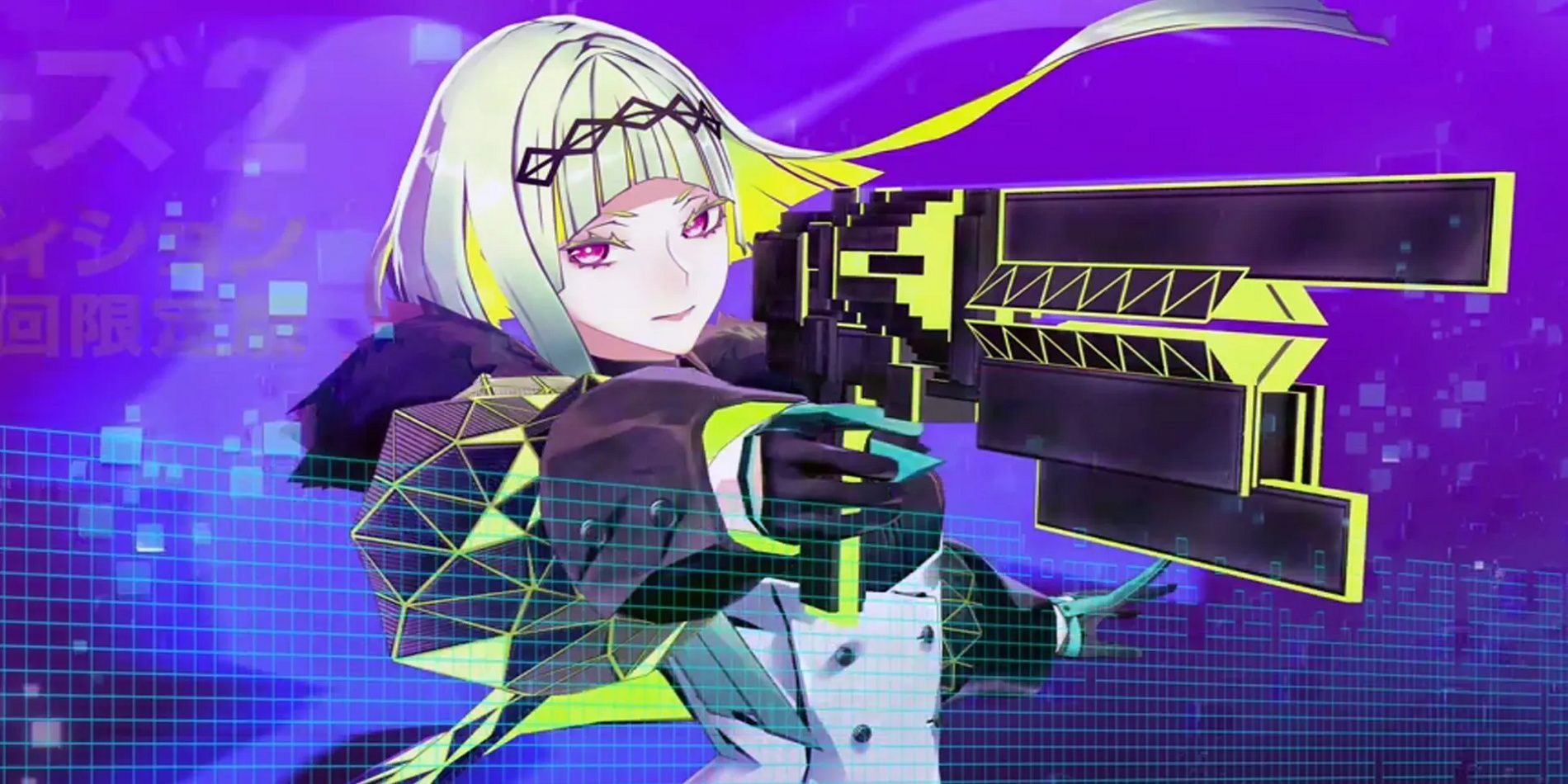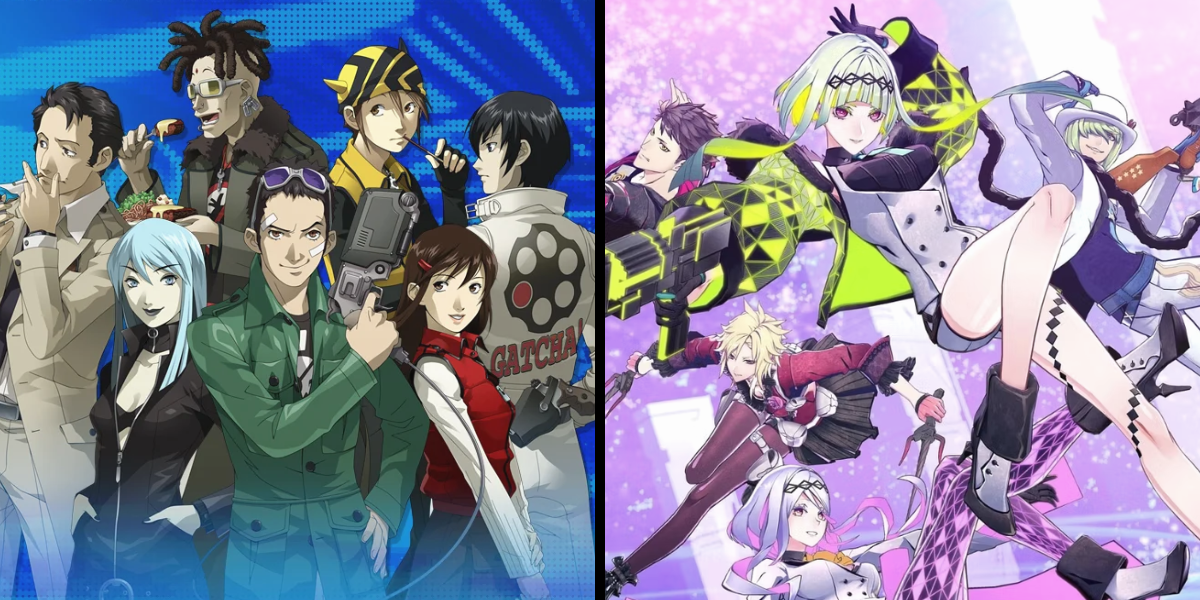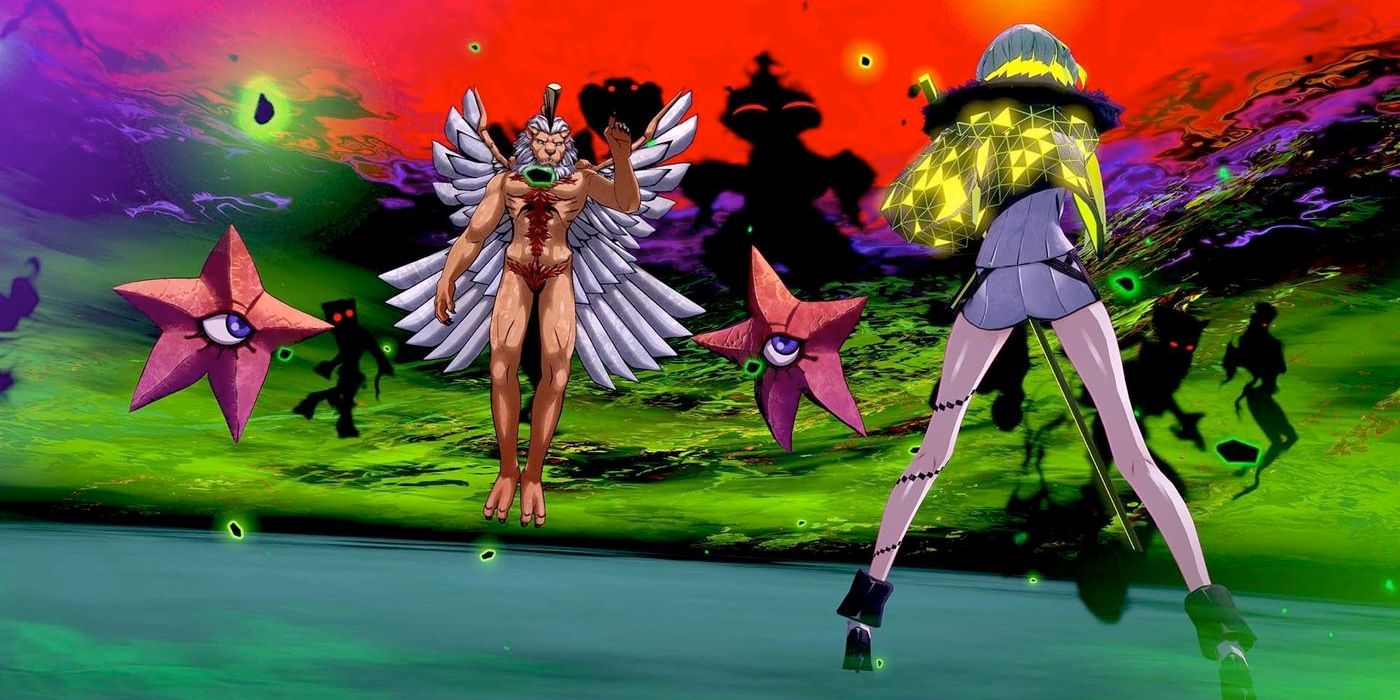On the surface, Soul Hackers 2 seems like a serviceable JRPG, complete with vibrant visuals and a straightforward battle system derived from past Shin Megami Tensei titles. While Soul Hackers 2 might act as a solid introduction to the broader Megami Tensei franchise and the lesser-known Devil Summoner subseries, its lack of direction results in the game feeling rather hollow. It's not only juxtaposed to its critically acclaimed contemporaries but more so in comparison to its 25-year-old predecessor.
Released in August 2022, Soul Hackers 2 marks the fifth entry in the Devil Summoner subseries, as well as a sequel to the 1997 cult-classic, Shin Megami Tensei: Devil Summoner: Soul Hackers. While western audiences would not receive an official release of Soul Hackers until its 2013 remake on the Nintendo 3DS, the game became an instant favorite among fans mostly due to its signature '90s style, surreal dungeons, and unique gameplay mechanics. Unfortunately, Soul Hackers 2 does not build upon the most endearing aspects of its predecessor, resulting in a sequel that fails to surpass the original.
The original Soul Hackers maintains a strong sense of individualism among the greater Megami Tensei library due to its easily identifiable aesthetic. Conceived during a time when the internet was in its infancy, the original Soul Hackers embraces the turbulent era of the late '90s, giving each cast member a splash of the decade's fashion mixed with cyberpunk tech wear. In all fairness, the main protagonist of Soul Hackers 2, Ringo, and her partner, Figue, flaunt incredibly memorable designs indicative of their origins as Artificial Intelligence. Unfortunately, the same cannot be said for the remainder of the cast, whose designs tend to look incredibly busy and lack a cohesive aesthetic.
Furthermore, the original Soul Hackers expertly utilized its two main settings, the prosperous port town of Amami City and the virtual reality program known as Paradigm X, in order to craft a series of diverse dungeons. The sheer variety of the original Soul Hackers allows for each dungeon to stand out on its own merits, such as the Astro Museum, which tests the player's knowledge of constellations, or the VR Art Museum, which forces the player to enter the worlds of paintings and solve their respective puzzles.
By comparison, the dungeons of Soul Hackers 2 show a complete lack of variety alongside incredibly uninspired layouts. Furthermore, dungeons provide little to no challenge in terms of traversal, with the occasional locked door or barrier acting as the main source of puzzle solving. Also, most of the dungeons take place in visually repetitious locations, like shipping ports and abandoned subway stations, accompanied by a very underwhelming soundtrack featuring a small selection of generic piano tracks that provide very little in terms of atmosphere and immersion.
Perhaps the biggest discrepancy between the two titles lies in the integration of demons within their respective combat systems. The original Soul Hackers boasts a unique style of combat mostly due to its Demon Loyalty System, a gameplay mechanic that dictates a demon's obedience to the player's commands. In order to maximize a demon's loyalty, the player must command skills that coincide with the selected demon's personality or, alternately, allow the demon to act on their own accord. While this mechanic can admittedly lead to a string of unpredictable and less-than-desirable behavior from the partner demons, the loyalty system is incredibly rewarding since the player earns the ability to fully command and optimize their party by displaying a thorough understanding of the demon's personality traits.
Conversely, Soul Hackers 2 opts for a modernized approach to combat derived from the press-turn battle system ubiquitous to modern Shin Megami Tensei titles. Combat primarily revolves around optimizing skills and exploiting enemy weaknesses to increase the number of demons in a Sabbath, an AOE attack that takes place at the end of the player's turn. Furthermore, the player no longer fights alongside demons, and instead equips a specific demon to their COMP, temporarily gaining their skills and affinities, similar to how equipping a persona works in the mainline Persona titles.
The lack of emphasis on the party demons and the abandonment of the Loyalty System removes the identity and strategical nuances present not only in the original Soul Hackers but the entire Devil Summoner subseries. As a result, the combat of Soul Hackers 2 presents itself as a watered-down version of the press-turn battle system, lacking any kind of individualism aside from the Sabbath attack, which already bears a striking resemblance to the All-Out Attack found in modern Persona titles as well as the Demon Co-op from Shin Megami Tensei: Strange Journey.
In an effort to establish Soul Hackers 2 as the next big juggernaut in the broader Megami Tensei franchise, Atlus seems to have forgotten what made the original Soul Hackers so endearing. Amid the uninspired dungeon crawling and the mediocre combat, Soul Hackers 2 ultimately fails to surpass the original due to its inherent lack of identity. The game borrows too much from its contemporaries to be considered fresh and exciting, while simultaneously neglecting the charm and authenticity of its predecessor.



